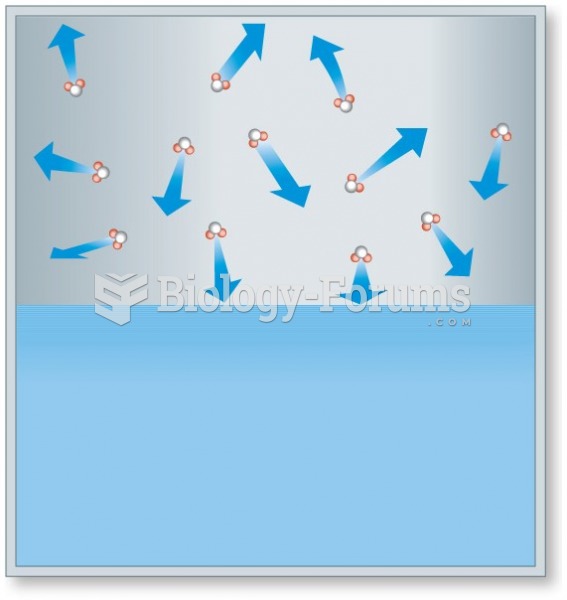|
|
|
Did you know?
The average adult has about 21 square feet of skin.
Did you know?
Despite claims by manufacturers, the supplement known as Ginkgo biloba was shown in a study of more than 3,000 participants to be ineffective in reducing development of dementia and Alzheimer’s disease in older people.
Did you know?
The B-complex vitamins and vitamin C are not stored in the body and must be replaced each day.
Did you know?
The human body produces and destroys 15 million blood cells every second.
Did you know?
Cyanide works by making the human body unable to use oxygen.







